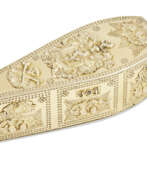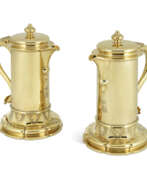Period of George IV

Period of George IV
The Period of George IV spanned from 1820 to 1830, a decade marked by the reign of one of Britain's most controversial monarchs. George IV, born George Augustus Frederick, ascended the throne following his role as prince regent during his father, George III's mental illness.
George IV's reign is often remembered for its extravagance and cultural contributions. He was a prominent patron of the arts and architecture, commissioning John Nash to build the Royal Pavilion in Brighton and remodel Buckingham Palace. His love for grandeur and fashion greatly influenced the Regency era's aesthetic.
However, his reign was also marked by personal scandals and financial extravagance. His tumultuous marriage to Caroline of Brunswick and his attempts to divorce her tarnished his image. Despite their separation, they had one child, Princess Charlotte, whose untimely death in childbirth caused widespread national grief.
Politically, George IV's reign saw significant events, including Britain's triumph over Napoleon and the passage of the Catholic Emancipation Act in 1829, which he opposed. His rule, though short, was a period of transition and modernization, setting the stage for the Victorian era.
For collectors and experts in art, history, and antiques, the Period of George IV offers a fascinating study in contrasts. His influence on art and culture was profound, with his patronage leaving a lasting imprint on British architecture and design.
For those intrigued by this complex period in British history, especially its impact on art, culture, and politics, subscribing for updates is crucial. Our newsletter provides exclusive insights into new discoveries, product sales, and auction events related to the Period of George IV.
| Country: | Europe, Ireland, Kingdom of Hanover (1814-1866), United Kingdom |
|---|---|
| Start of the period: | 1820 |
| End of the period: | 1830 |






